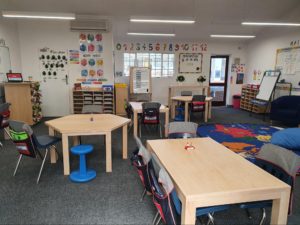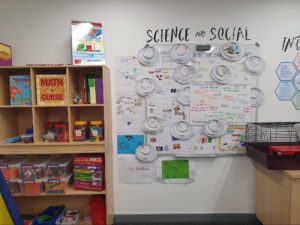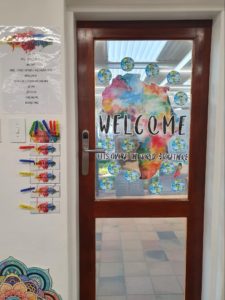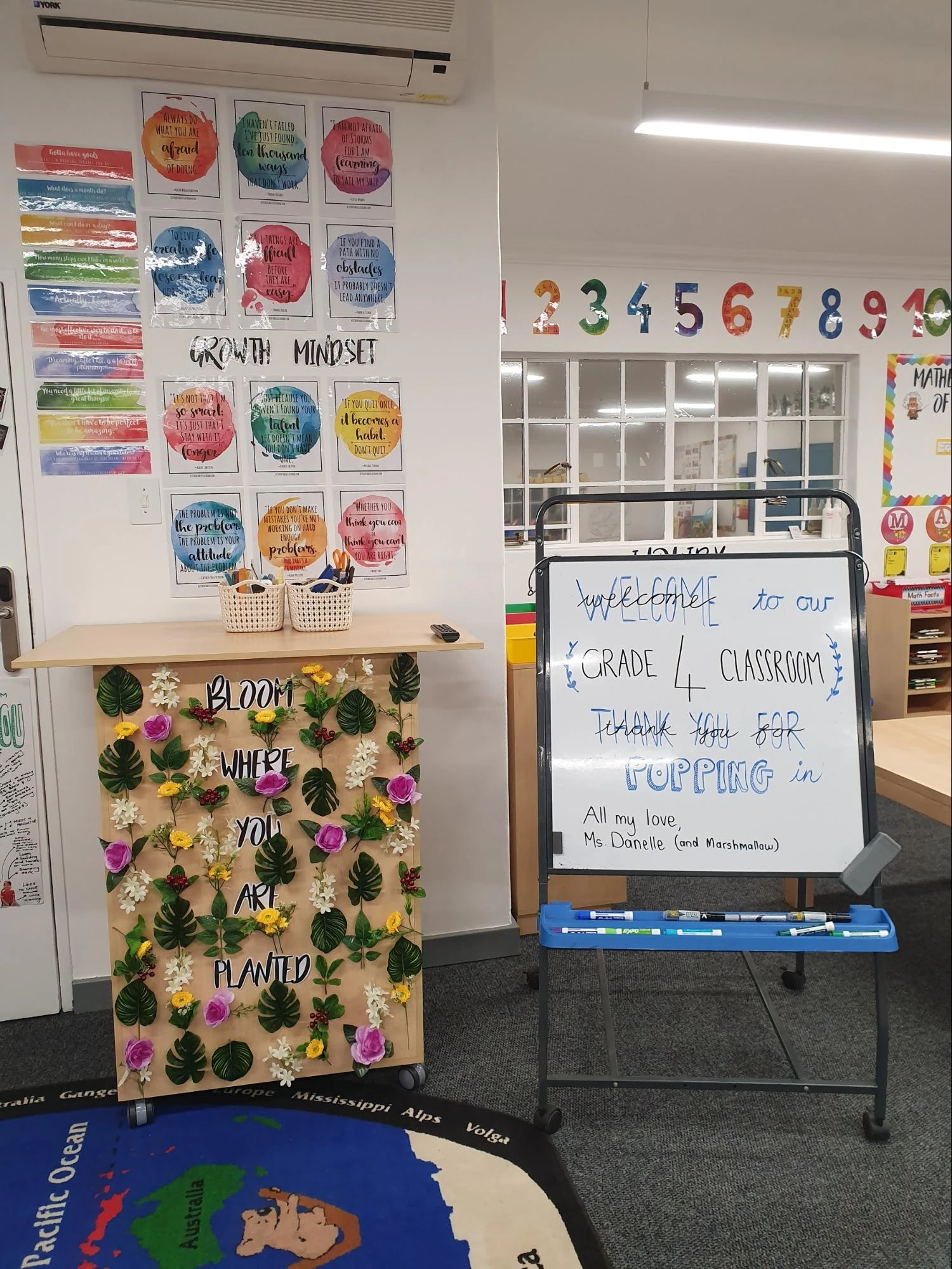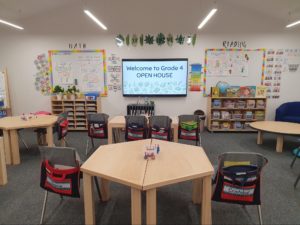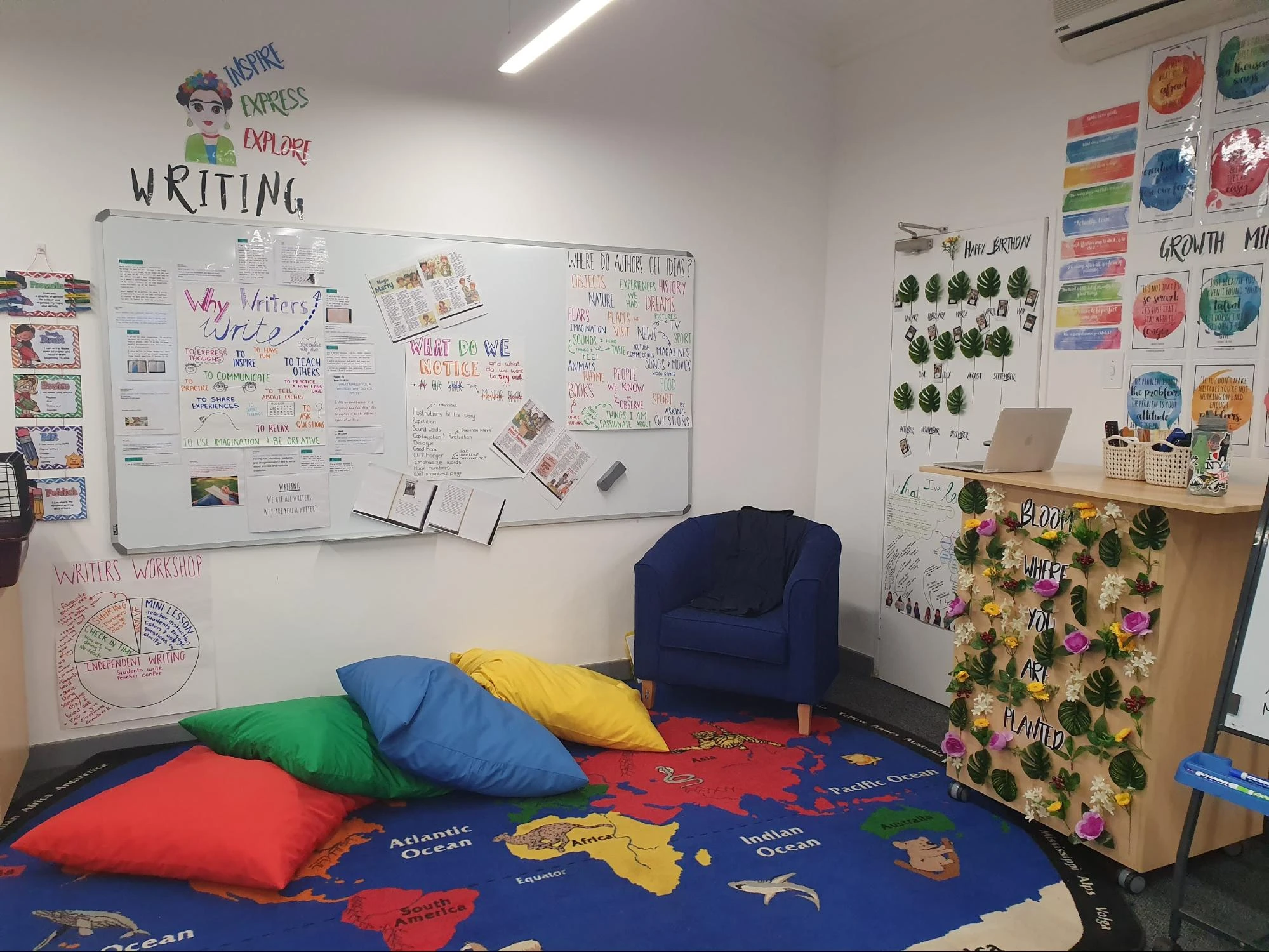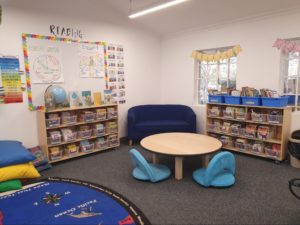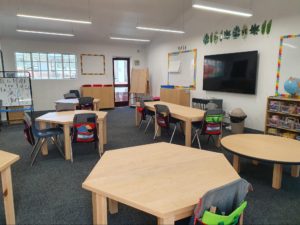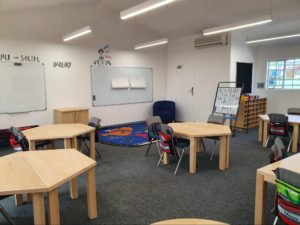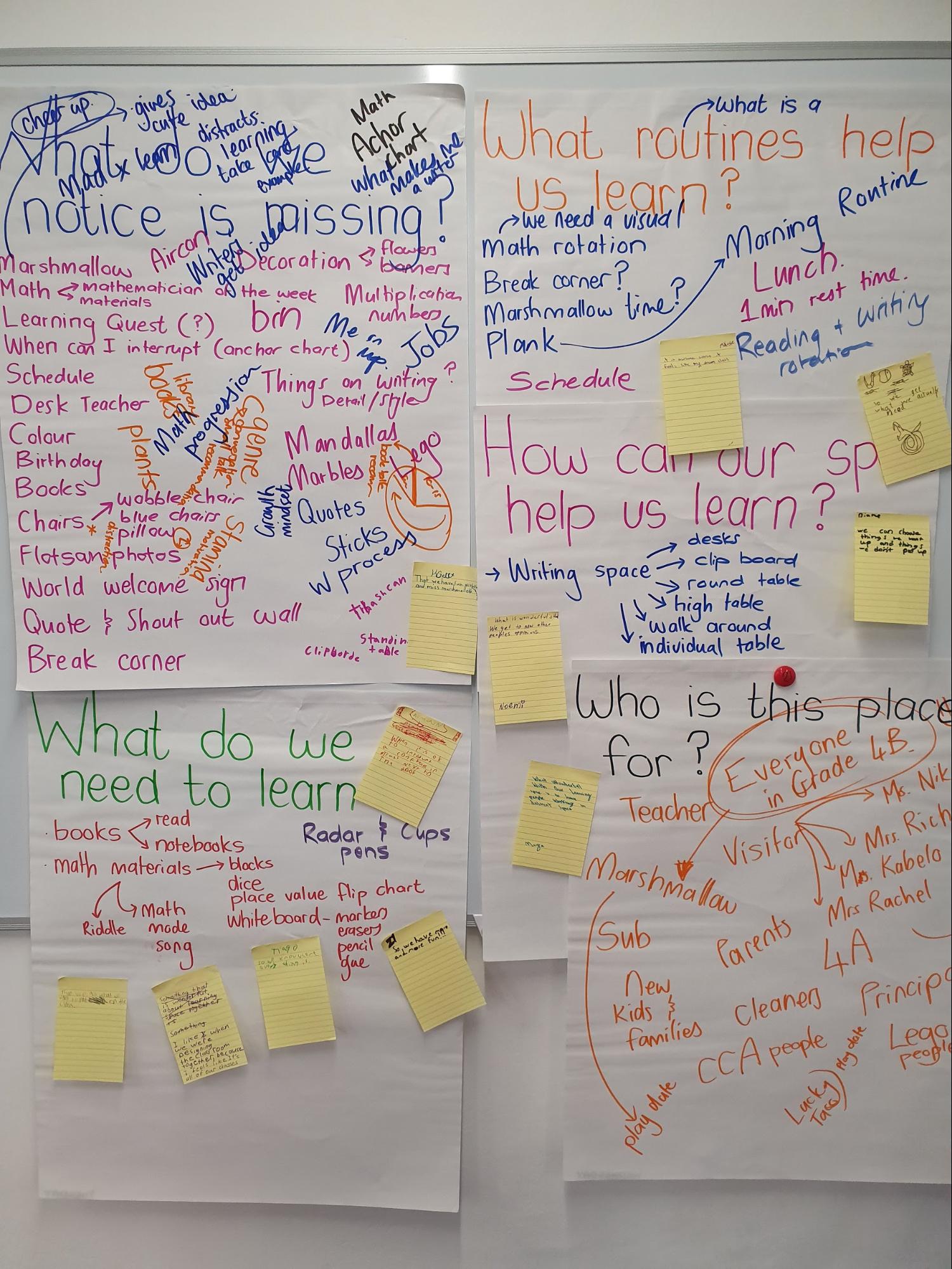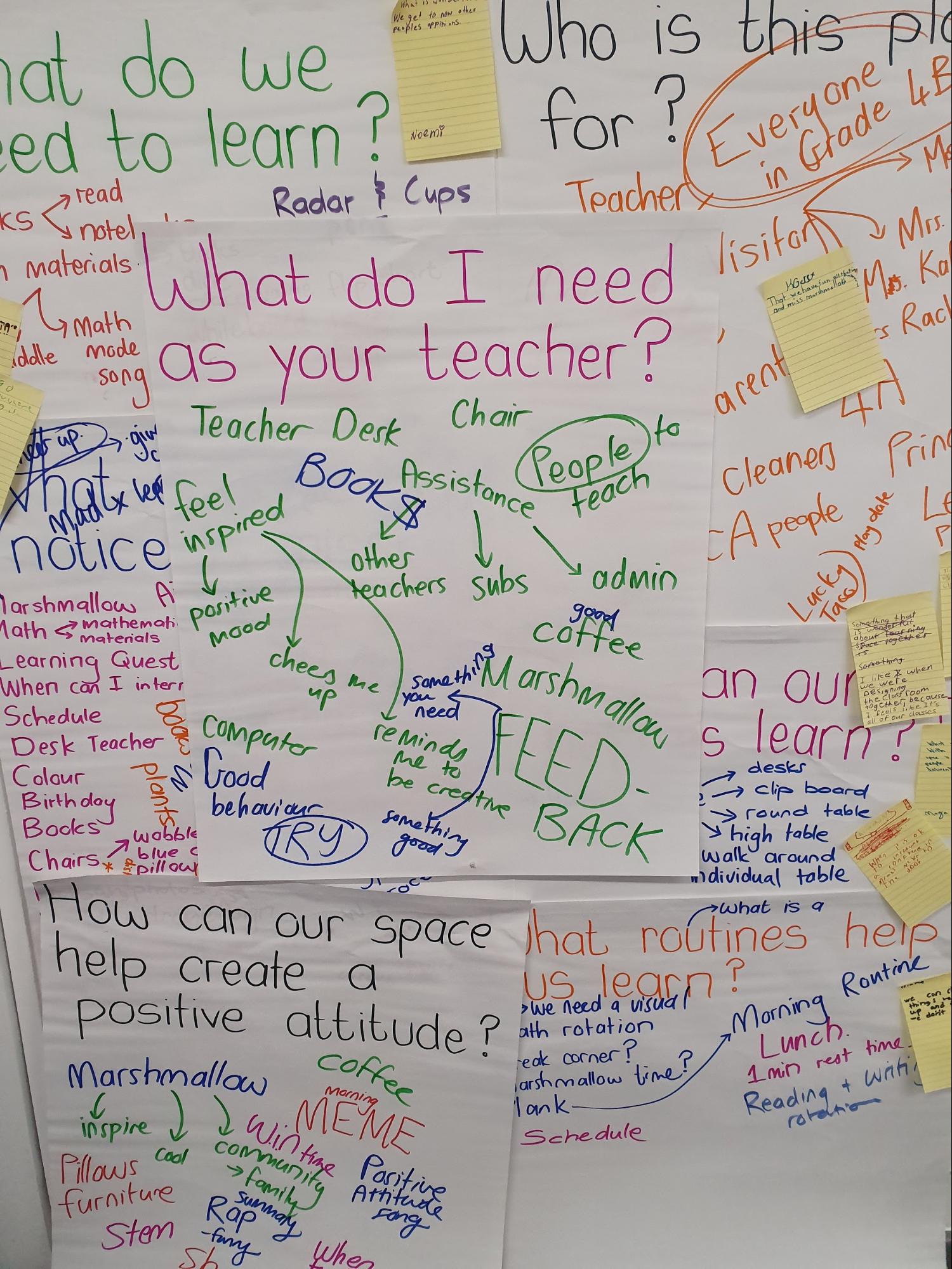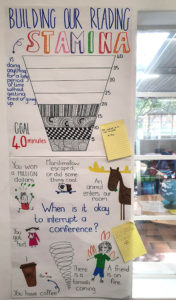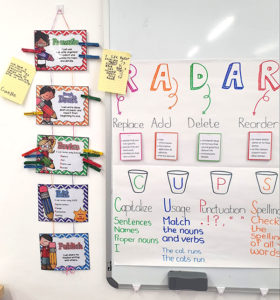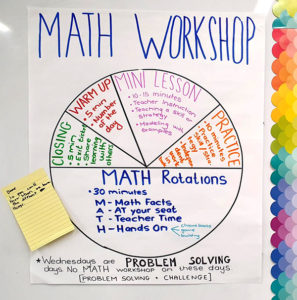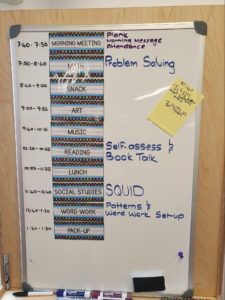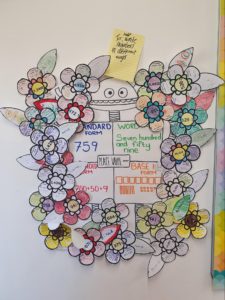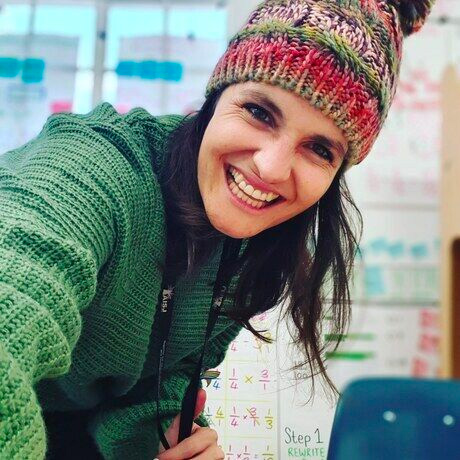After attending various workshops led by Paul Bloomberg (Peer Power) I felt both inspired and extremely motivated. I too want to create a student-centered learning environment that amplifies quality classroom discussions, infuses dispositional learning and promotes a positive classroom community where we celebrate making mistakes.
And then that feeling of inspiration and motivation came crashing down. Hard.
To be honest, I doubted everything I do as a teacher, a colleague, and a fellow learner. (Which I guess was totally necessary). I had such an internal struggle – on the one hand being extremely passionate about what I teach and invested in building relationships, but on the other, feeling like I’m not doing enough, not getting through to my kiddos, not purposefully introducing learning opportunities, and not getting to those things that matter most.
I said to myself, “It’s okay – let this year slide and then next year I’ll purposefully change lives.”
A half-hour passed for me to realize, “What am I thinking, it is only September!”
In an absolute panic, I reached out to a fellow colleague. She sat me down and s-l-o-w-l-y said, “It is never too late to start over.”
And that’s when #intentionallearning & #purposefulprocess was created: a tag line to guide my process of starting over. I pulled an all-nighter and even had two colleagues join me on Saturday morning (cause let’s be honest, it took me close to five weeks to get everything – first unit anchor charts, classroom jobs, growth mindset quotes, birthday wall, inquiry cycle, reading charts, welcome sign, multiplication numbers and operations, student work, math stations, writing process, reading genres, decorations… and the list goes on – onto my walls) to take EVERYTHING off my walls. My beautiful (sometimes) Instagram-worthy classroom was now empty. No more flexible seating, no more color, no more student work. Empty.
I’m starting over. Purposefully.
Before:
After:
So after talking it through, I decided to strip my classroom of everything and create a space to co-construct a learner-centered environment where student ideas and input are the driving force behind the setup and design or our learning space. This intentional (and self-created) learning opportunity scared me, and I had no idea how the kids would respond. But it’s worth it. It’s worth having authentic conversations, especially where the students are involved in co-constructing their learning environment.

When students arrived on Monday, the only thing in the class was a whiteboard stating: “It’s never too late to start over.” (Even our class pet was taking a break, hehe). An empty classroom created an excellent provocation that stirred a lot of emotion and intense reaction. Needless to say, the students (as well as teachers) WERE SHOCKED!
Shocked, relieved, puzzled, in awe, confused, panicked, mesmerized, anxious, content, deflated, inspired… are all the emotions I experienced so I could only imagine what my 9-year-old students would go through. I recorded the responses of students and teachers as they entered the classroom.
- “What happened?”
- “Nooooooooo!”
- “Where is the proof that we did anything?”
- “Who did this?”
- “It feels lighter.”
- “Where is Marshmallow?
- “I loooooove echoing!”
- “But it was so pretty.”
- “Is this for real?”
- “This (start overstatement) reminds me of the song – It is never too late to say sorry.”
- “It feels totally different. It feels cleaner.”
- “What happened to all the beautiful things?”
- “What is she doing?”
- “Do we need to do everything again?”
- “Danelle, what the heck were you thinking?”
- “I don’t know if I like this.”
- “I thought we were robbed.”
- “What’s different? Something feels different.”
Every question had a similar response.
“What do you think is happening?”, “Why would we start over?”, “Why do you think we are starting over now?”, and maybe the most powerful question, “Have you ever started over? And why?”
The responses were mindblowing. And for the first time this year, we had students share authentic experiences where they failed – but the focus wasn’t on them failing. The focus was on them decided to start over and the impact starting over had on themselves or on their learning.
Throughout the week, we answered the following (intentional) questions:
- What do we notice is missing?
- What routines help us learn?
- Who is the most important person/people in this classroom?
- How can our space help us learn?
- Who is this place for?
- What do I need as your teacher?
- How can our space help create a positive attitude?
It was powerful (and almost poetic) to see students dashing for the various posters during lessons to add things they notice are missing, or to add routines and materials to the list of things they need to learn. I made a conscious decision not to bring everything back at once, as I strongly believe, being in this productive struggle of trying to figure out what is important and why we need/miss certain aspects of our classroom, has immense value. By not immediately bringing everything back, it was possible for us to determine if we want it because we are used to it, or if we actually need it.
Students use sticky notes to write mini motivations for anything to return to the classroom.
From now on, we will have a conversation about everything that goes up on the walls of OUR classroom. Every space that we create and every connection we make will be with intent (ps, it doesn’t have to be earth-shattering, but there will be a conversation about the purpose). Students used sticky notes to write mini motivations for anything to return to the classroom.
As a teacher, have you ever started over? And if so, what was the impact on student learning? Please share.
All photos on this page by Danelle Kritzinger. Follow Danelle on instagram @growkindhumans

